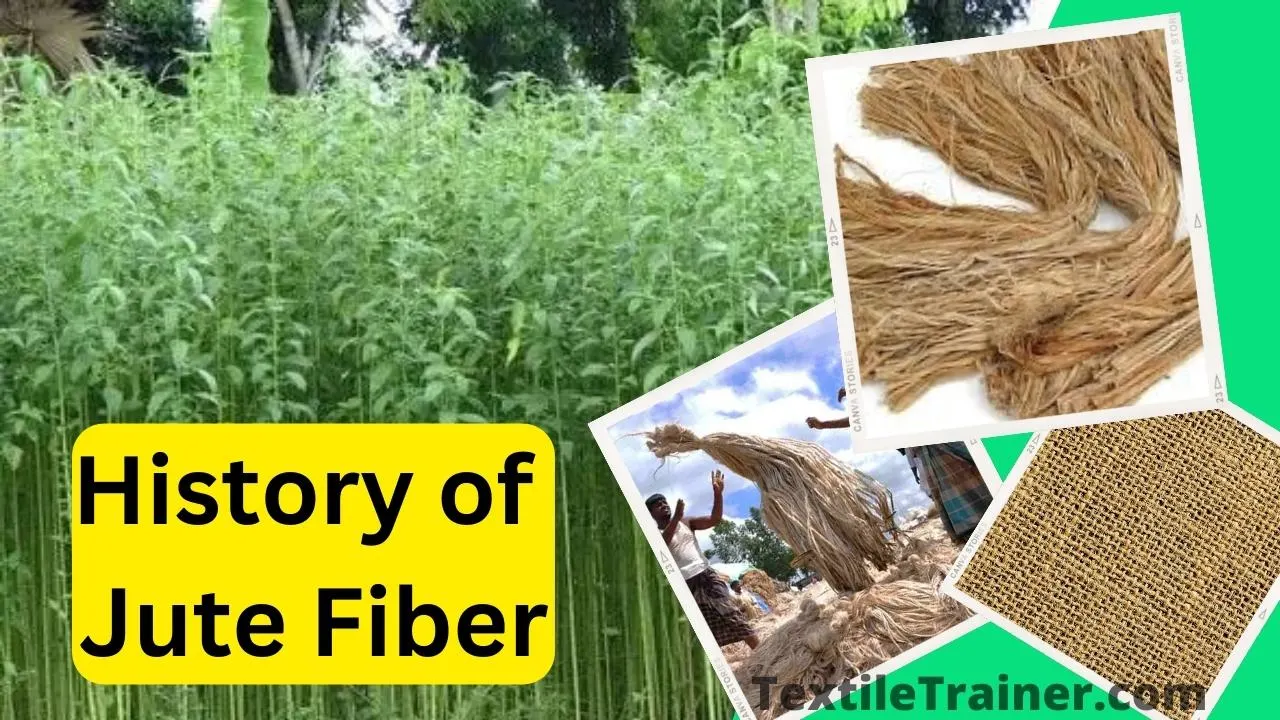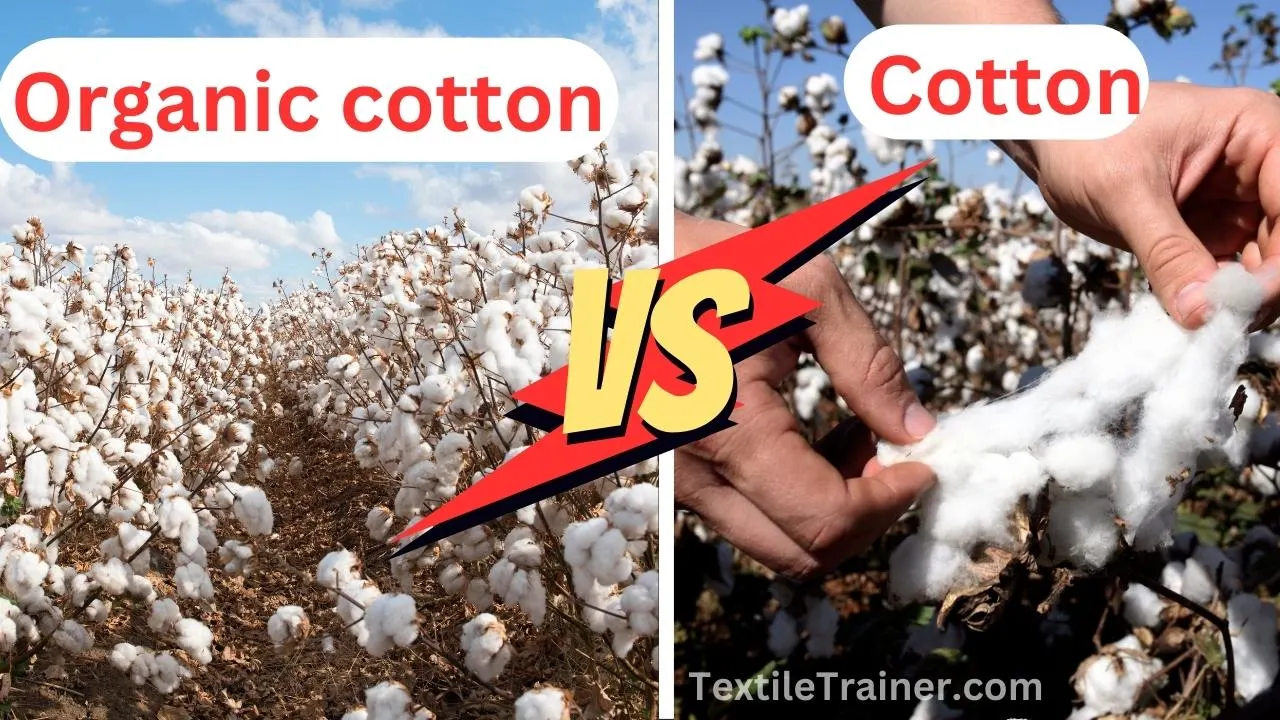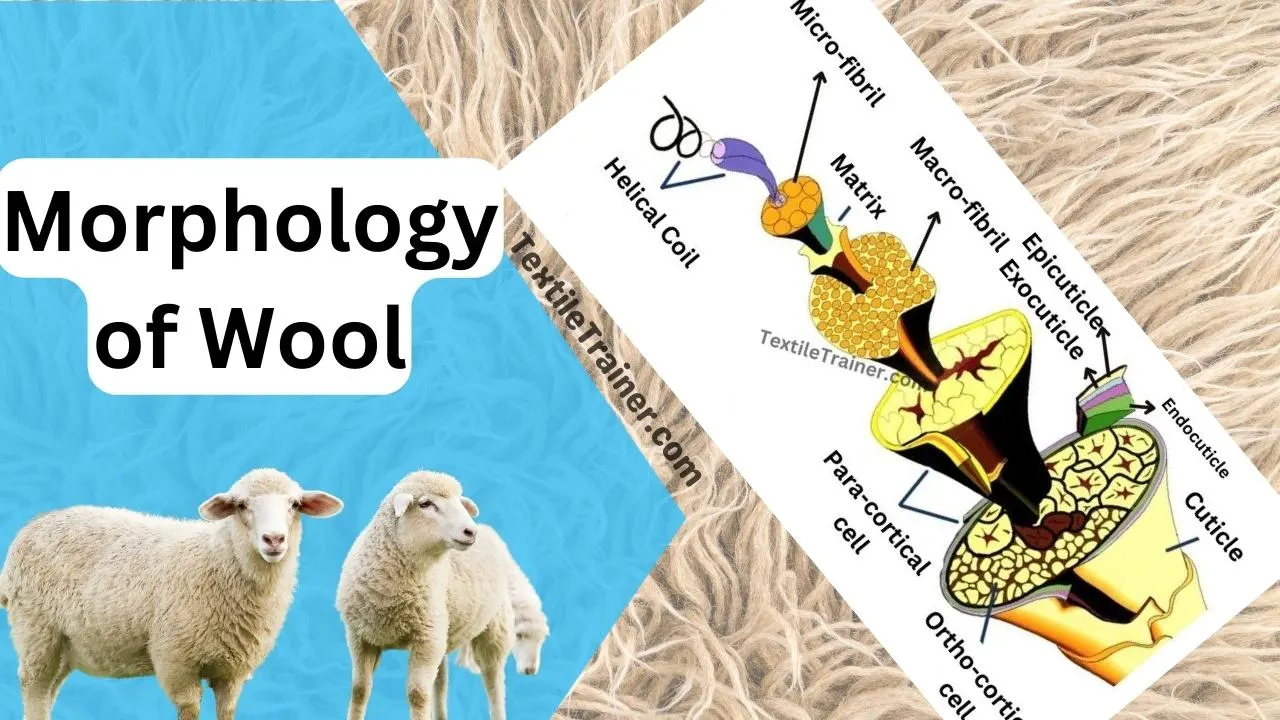Physical and Chemical Properties of Linen Fiber an Clear Overview
Introduction
This is article about physical and Chemical Properties of Linen Fiber an Clear Overview.The fiber obtained from the stem of the flax plant was probably the first textile fiber. Linen yarn is made from the flax plant. In this article will be discuss chemical properties of linen fiber including physical properties of linen fiber or flax fiber.
Historical records show that linen cloth was produced and used far back in antiquity, the earliest record being the use of flax for fish nets by the Neolithic lack dwellers of the Stone Age. There is evidence that flax was used as a textile in 6000 and 400 B.C. in the Middle East and Egypt. How ever, physical properties of linen fiber and chemical properties of linen fiber will be present in this article.

Physical Properties of Linen Fiber
Some important physical properties of linen fiber is given below.
- Length: The length of flax fiber is usually between 30 and 60 cm. Commercial flax is made up of glued-together clusters of single fiber cells. Cutting and hackling can help break up the big bundle of fibers, but they can’t split the fiber strands into their own fiber cells. Each fiber’s length is between 6 and 65 mm.
- Flexibility: Flax has the lowest flexibility of all clothing fibers, at about 2%.
- Elasticity: Flax is not very stretchy because of its structure and high rigid polymer system. It tends to keep its polymers in place with the help of the many hydrogen bonds that form between them. So, the polymers don’t give way, and they don’t want to be moved around in the polymer system. It gets really creased. Flax fiber has a stiff handle because it is made of a very crystalline polymer system that doesn’t bend or move.
- Color: Flax can be any color from light blond to brown, depending on how it was grown, the weather, and how well it was vetted.
- Absorption of moisture: Linen absorbs a lot of moisture. It quickly soaks up water and quickly gives it back to the environment. This helps keep the temperature between your body and clothes cool when it’s hot outside. Moisture regain is 12%.
- Next-to-skin comfort: Flax fibers are less flexible than cotton fibers because they are stronger and harder.
- Electrostatic charge: There is almost no electrostatic charge on the fiber because it is always wet.
- Luster and Surface: Linen has a dull sheen on its smooth surface and doesn’t shed lint or get dirty easily.
- Thermal insulation: Of all the usual textile fibers, flax is the best at keeping heat in and moving it around. Smooth flax fills are used to make yarns and fabrics, but they don’t keep air in and aren’t very good at insulation. Linen fabrics are great for summer clothes because they feel cool and fresh.
- Micro-organism: When compared to cotton, flax doesn’t rot as easily. Mildew can attack the cellulose of flax in very warm, damp, and dirty conditions, but this protection is high if the yarn or fabric is dry.
- Handle: linen has a firm grip because the fiber bundles are coarse. Just like cotton, linen materials can make to be easy to clean.
These are the crucial physical properties of linen fiber.
Chemical Properties of Linen Fiber
Some important chemical properties of linen fiber is given below:
- Reaction to bleaches: While linen is less likely to stain than cotton, it is also more challenging to bleach because, like cotton, it is less resistant to the effects of sodium hypochlorite bleaches. Bleaches with sodium perborate are safer and more effective.
- Reaction to alkalis: linen, like cotton, is highly resistant to alkalis.
- Reaction to acids: Linen is damaged by hot dilute acids and cold concentrated acids, but not by cold dilute acids.
- Affinity for dyes: Linen does not have good affinity for dyes. However, it is possible to obtain dyed linen that has good colorfastness. When buying colored linens, look for the words “Guaranteed Fast Color” on the label or get a guarantee of colorfastness from the store. If a label states that the fabric is vat-dyed, it has been given the fastest color possible to withstand washing.
- Resistant to perspiration: acid perspiration will deteriorate linen. Alkali perspiration will not cause deterioration. But in either case discoloration may occur.
These are the important chemical properties of linen fiber or flax fiber.
Conclusion
Linen fibers are graded on the basis of fineness, softness, color, luster, length, strength, cleanliness, and length uniformity. In this article, I tried my best to present physical properties of linen fiber and chemical properties of linen fiber simply. If you have any question about physical and chemical properties of linen fiber, feel free to ask me.
You May Read:
- 4 Special End uses of Silk Fabric: Luxury Dress for wedding
- Best 15 Differences Between silk and Wool.
- 6 Physical and Chemical Special Properties of Silk: Ensure High Quality.
- Extraction Natural Dye from Butea Monosperma : 3 Easy Step/ Palash
- 50 Terminologies Used in Merchandising in Apparel Industry: Most Useful
- Classification of Mordant with 3 Simple Mordanting Method of Natural Dye
- Natural Dye Extraction Process: 7 Easy Technique
- Fabric Dyeing with Beetroot: 4 Easy Step with Image
- 4 Authentic Sources of Natural Dyes is Describe Easy Way
- Latest Classification of Natural Dyes in 3 Way
References
- Chawla, K. (1998). Fibrous Materials. Cambridge: Cambridge Univ. Press.
- Cook, J. G. (2005). Handbook of Textile Fibers. Delhi: WoodHead Publishing Limited.
- Corbman, B. P. (1987). Textile Fiber to Fabric. Singapore: McGraw Hill Book Co.
- Dr. Hosne Ara Begum, P. D. (n.d.). Natural fibers. Dhaka: Hafiz book center.
- Hossain, M. S. (2014). Introduction to Textile Engineering. Dhaka: Books Fair Publications.
- Kadolph, S. J. (2006). Textiles. New Delhi: Pearson Education.
- Kaplan, N. (2006). Textile Fibres. New Delhi: Abhishek Publications.



